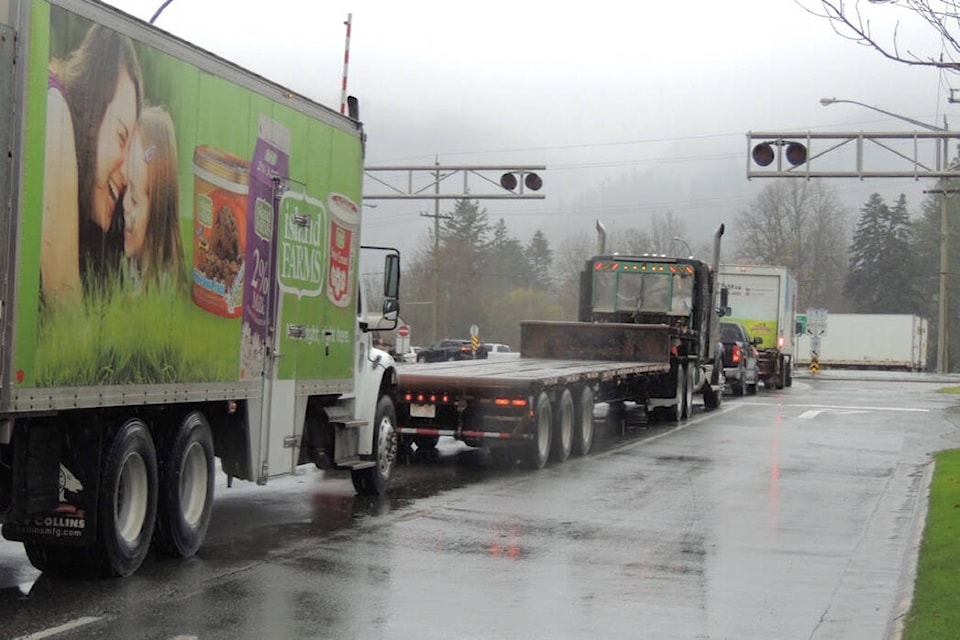Update: 2:32 p.m.
The Ministry of Transportation and Infrastructure announced Highway 1 will reopen through the Fraser Valley between Chilliwack and Abbotsford at 2 p.m.
Highway 1 is not subject to the essential travel order. However, the ministry advises motorists to stay off Highway 1 through Abbotsford unless necessary. Speed limits have been reduced, which could cause delays along the highway. Commercial vehicles over 63,500 kilograms are not permitted to travel on Highway 1 between Abbotsford and Chilliwack.
______
A second salvo of rain has arrived in the Fraser Valley, which prompts concerns and vigilance surrounding area highways once again.
While Minister of Transportation Rob Fleming announced that it is likely Highway 1 through the Fraser Valley will re-open on Thursday (Nov. 25), there has been no officially set time for reopening. An update is expected today.
DriveBC reports a travel advisory remains in effect along Highway 7 between Glasgow Avenue in Mission and Ross Road east of Hope. This 78-kilometre stretch of highway is open for essential travel only. Checkpoints are in place and travel restrictions are being enforced.
Those traveling Highway 7 should expect delays due to consistent congestion.
RELATED: Highway 1 likely to re-open through the Fraser Valley on Thursday
If there are any questions about what constitutes essential travel or flood-related questions, contact B.C.’s flooding support and response call centre at 1-833-376-2452.
Earlier this week, the Ministry of Transportation stated examples of essential travel include:
- Transporting essential goods and supplies (fuel, food, water, etc.)
- Transporting livestock or agricultural products
- Returning to a farm to care for animals
- Responding to search and rescue and other emergency operations
- Urgent medical treatments
- Transporting essential personnel
- Highway repair and maintenance
- Returning to your principal home
- Assisting vulnerable or at-risk people
- Exercising an Indigenous or treaty right
The ministry said examples of non-essential travel includes:
- Vacation and tourism
- Visiting family or friends for social reasons
- Recreational activities
- Casual shopping
“Under the provisions of the Emergency Program Act of B.C., motorists who fail to comply with the travel restrictions, disobey the direction of a peace officer, fail to stop or provide information or are abusive/belligerent to a peace officer or traffic control official, may face fines starting at $230 per offence,” The B.C. Highway Patrol said in a news release on Tuesday.
RELATED: MP Brad Vis pushes for federal support for Lytton and disaster management in B.C.
The District of Kent and Village of Harrison Hot Springs remain under states of local emergency. Non-essential water use is allowed in the district and village.
The Village of Harrison Hot Springs announced the Miami River Greenway is closed due to high water levels, and East Sector Lands will remain closed until further notice.
Any questions concerning evacuation can be directed to eoc@kentbc.ca.
Stay connected to agassizharrisonobserver.com for the latest information for up-to-the-minute news.
@adamEditor18
adam.louis@ ahobserver.com
Like us on Facebook and follow us on Twitter.
